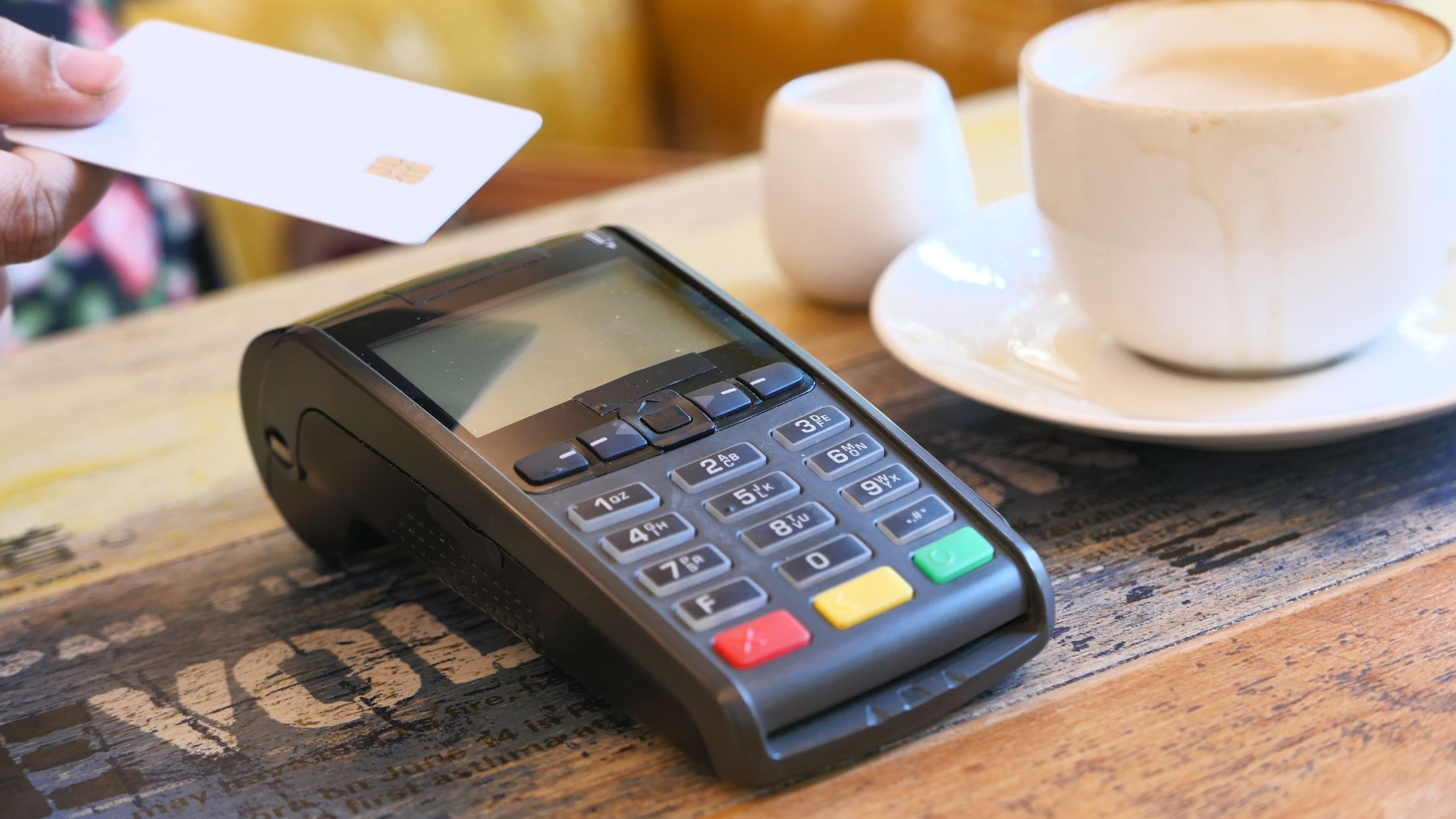In retail and restaurant settings, integrating a barcode scanner into your POS system transforms how you operate. It accelerates checkout, reduces mistakes, and lets staff serve more customers faster. The keyword POS with barcode scanner integration is central to modern point-of-sale strategies.
This article walks through how to plan, execute, and optimize such integration, while reflecting the strengths of Floreant POS’s open-source architecture. By embracing scanner integration, businesses can streamline daily operations, ensure accurate data entry, and deliver a faster, more reliable customer experience that builds loyalty and long-term success.
Benefits of POS with Barcode Scanner Integration
Implementing scanner integration brings noticeable gains. Some of the primary advantages include:
- Speed: Scanning codes is much faster than manual SKU entry, allowing staff to process transactions in just seconds.
- Accuracy: Barcodes reduce human input errors and ensure correct product identification, lowering costly mistakes and improving customer trust.
- Better inventory tracking: Sales instantly deduct stock, maintaining real-time inventory levels, which simplifies reordering and reduces stockouts or overstocking.
- Customer satisfaction: Quicker checkouts reduce queues, minimize wait times, and create a smoother experience, encouraging repeat business and loyalty.
In addition, barcode scanner integration improves data reporting, enabling managers to track sales patterns, spot top-performing products, and make more informed decisions. Because Floreant POS already supports inventory plugins and various hardware, adding barcode scanning builds naturally on its strengths and provides businesses with a scalable solution that grows alongside their needs.Learn more about customer tracking.

How to Implement Scanner Integration Seamlessly
Integrating a barcode scanner into your POS system requires careful planning, proper configuration, and staff training to ensure smooth operations, accurate data handling, and faster transactions.
- Choose the right scanner type — Select USB, Bluetooth, or wireless scanners based on mobility needs, checkout speed requirements, and existing hardware compatibility.
- Ensure compatibility with Floreant POS — Verify the POS system accepts scanner input on sales screens and processes barcodes correctly without additional software conflicts.
- Update your inventory database — Assign valid barcodes to every product in your catalog to ensure smooth identification and precise transaction mapping.
- Modify POS logic or plugin — Configure scanner mapping, quantity recognition, and payment workflows to integrate seamlessly with your existing POS setup.
- Train staff effectively — Educate employees on scanning workflows, fallback manual entry methods, and error handling for faster, more confident service.
- Test error handling carefully — Simulate unrecognized codes, duplicate scans, or returns to confirm reliable error detection and efficient resolution methods.
Proper scanner integration ensures efficiency, reduces errors, and delivers smoother transactions, improving both customer satisfaction and staff productivity.
SEO & Content Strategy for This Topic
Strong SEO and content strategies ensure your POS solution reaches the right audience, builds authority, and captures valuable leads consistently.
- Use POS with barcode scanner integration in page titles, headings, and content naturally (2–3 times).
- Write blog posts such as “5 Tips to Integrate a Barcode Scanner into POS” or “Common Mistakes in POS Scanner Setup.”
- Create tutorials, case studies, or guides that walk users through setup steps.
- Internally link these posts to your services pages or hardware product descriptions.
- Optimize meta tags, alt texts, and schema markup for related keywords (e.g., “POS scanner plugin,” “barcode hardware compatibility”).
Effective SEO and content efforts increase visibility, attract targeted traffic, and help businesses maintain a competitive advantage in their market.

Tracking Success & Optimizing the Integration
Once you implement scanning, monitor performance continuously. Focus on metrics such as scanning error rate, transaction speed, and inventory variance. Adjust mapping logic, error handling, or user interface based on feedback from staff. Use analytics to spot slow items or frequent misreads.
Additionally, review sales data to measure how barcode integration impacts revenue growth and customer satisfaction. Conduct regular staff feedback sessions to identify workflow challenges and improvement opportunities. Updating system plugins, refining training programs, and scheduling routine performance audits help ensure long-term efficiency. Over time, these adjustments maximize the value of your POS with barcode scanner integration.
Understanding Floreant POS & Its Capabilities
Floreant POS is an open-source point-of-sale system originally built for restaurants but often extended into light retail environments. It supports modules, plugins, and hardware like printers and cash drawers. Because it’s open source, you can adapt it for barcode scanner support without licensing constraints. To integrate barcode scanning, you will:
- Confirm that your POS software accepts input from USB or keyboard-emulating scanners.
- Map scanned codes to your inventory or product database.
- Customize receipt printing and transaction flow to accommodate scanner inputs.
- Test under real conditions (fast-paced checkout) to ensure reliability.
When done right, POS with barcode scanner integration can reduce user error, accelerate throughput, and improve data accuracy.

Conclusion
When you implement POS with barcode scanner integration, you revolutionize how checkout happens: faster, smarter, more reliable. Retailers and restaurants that adopt it gain an operational edge and better inventory control. For businesses that want integrated POS solutions tailored to their needs, Floreant POS provides the flexibility, open-source power, and efficiency to make it happen. With ongoing updates, hardware compatibility, and community support, Floreant POS ensures your business stays future-ready, efficient, and capable of adapting to evolving retail and restaurant demands.
FAQs
1. Does Floreant POS support barcode scanner integration out of the box?
It supports hardware input via standard interfaces, and with minor configuration or plugin work, you can integrate scanners reliably.
2. What types of barcode scanners work best with POS systems?
USB (keyboard emulation) and Bluetooth scanners are common. Wireless models help mobility. Choose based on your hardware environment.
3. How do you handle unrecognized or invalid barcodes?
Implement fallback workflows—manual lookup or prompt the user for correction—and log misreads for review.
4. Will barcode integration disrupt existing workflows?
Integration should be smooth with training. If tested properly, it enhances rather than disrupts operations.







